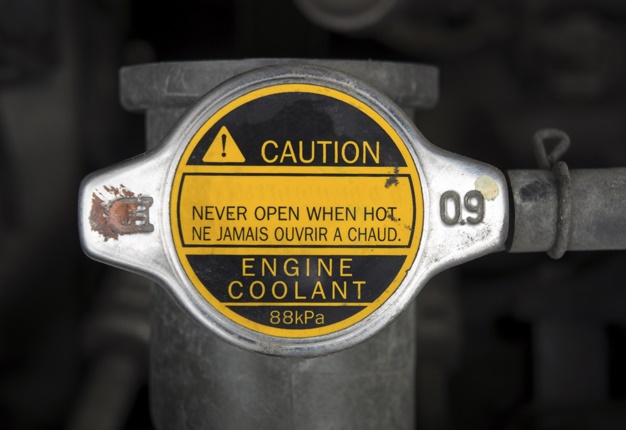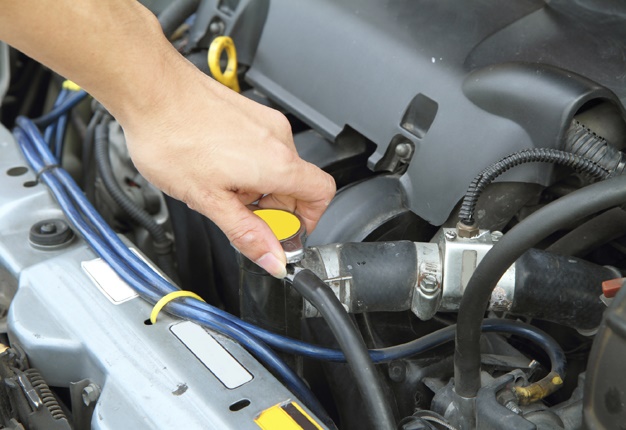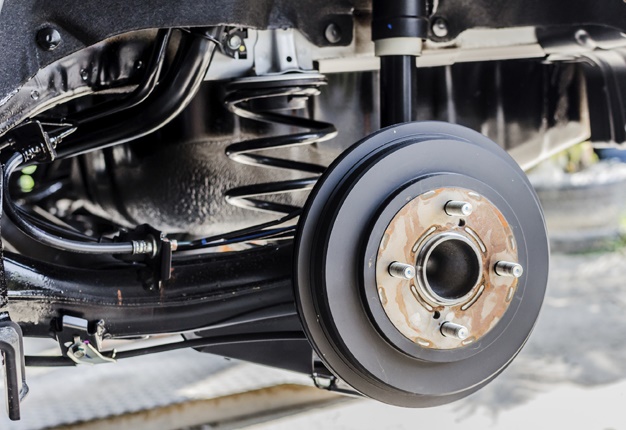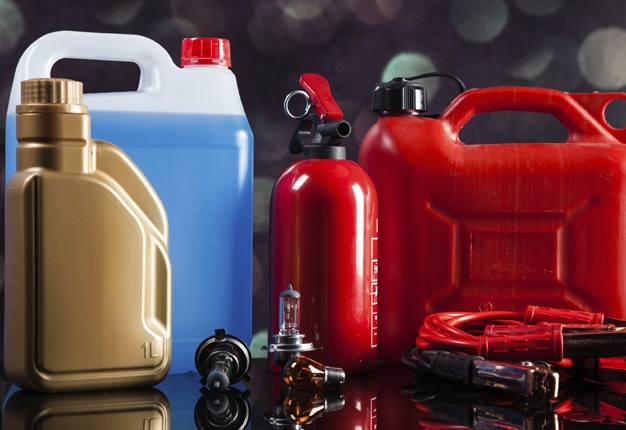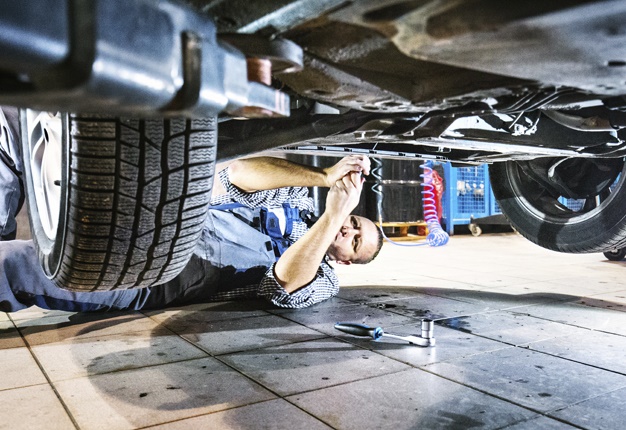
Johannesburg - For many motorists, filling up with petrol or diesel, and having the fuel attendant check their oil level is as far as they go in terms of regular vehicle maintenance.
Do you know how to spot an oil leak? Do you know how to check your oil level? What happens under the bonnet is often of little concern can be intimidating for novice drivers.
Basic checks to save you money
Regular maintenance checks, that can be easily performed by any driver, can help ensure that your vehicle runs properly. You can also diagnose problems early before they leave you stranded as a result of a breakdown. Regular checks can also save you from hefty repair bill.
Aftermarket Solutions shares some advice for motorists.
7 essential car checks:
1. Oil level
Inspect your car's oil level at regular intervals, such as when refueling your car. This should be done when the engine is warm but has been switched off so that the oil can settle. Remove and wipe the oil dipstick with a clean cloth, then check the level – it should be between the maximum and minimum marks. Top up if necessary with a high-quality oil (part or fully-synthetic oils are best), but make sure not to overfill as this can damage the engine. Some vehicles don’t have a conventional dipstick and rely on an electronic read-out when started – check that the oil level reading is correct.
READ: 9 things you should know about vehicle warranties in SA
2. Oil leaks: Have a look around and underneath the engine, gearbox and differentials for any signs of oil leaks. This may indicate a minor issue such as a leaking gasket or seal, or could suggest a bigger problem that requires urgent attention.
SA mechanic woes: Top 10 crazy, funny customer questions
3. Coolant level
Coolant is critical to the operation of your car’s engine. Make sure that the coolant is maintained at the recommended level at all times in the reservoir bottle next to the radiator, and check for leaks. Never rely on water alone for engine cooling – use a quality engine coolant, typically known as anti-freeze or summer coolant, mixed according to the manufacturer’s recommended ratio (typically 1 litre coolant to 3 litres of water). This coolant prevents freezing in cold temperatures, as well as boiling when the engine gets hot. It also resists corrosion, rust and scale build-up that would reduce the efficiency of the cooling system.
The coolant level in the reservoir must only be checked or filled when the engine is cool – never open the reservoir cap (or radiator cap) when the engine is hot.
4. Radiator
Inspect the radiator for visible leaks or blockages. It relies on uninhibited airflow to lower the temperature of the engine coolant. Carefully remove any debris in front of the radiator if necessary. The fan should kick in automatically at a predetermined engine temperature – if not and the engine runs hot, have the fan and the radiator thermostat checked by a professional service centre such as Auto Car & Diagnostics (ACD), or Silverton Radiators – both of which are owned by Aftermarket Solutions.
5. Brake system
Keep the brake fluid level topped up to the correct level on the brake reservoir. If there are any leaks around the reservoir or any of the brake discs or drums, or the brake performance is diminished, have the system inspected immediately.
Examine the brake pads and discs for excessive wear. ACD also does brake system maintenance and repairs.
6. Other levels
Various additional oil and lubricant levels should also be checked, including power steering, clutch and gearbox, where relevant. Depending on vehicle, some of these items can only be inspected by a service centre.
7. Battery and warning lights
Most modern batteries are sealed, maintenance-free units. Examine the battery for any signs of cracks, leaks or corrosion on the terminals.
When starting your car, all of the engine check, oil and coolant levels, battery, brake and ignition lights should come on briefly then go off. If any of the warning lights remain on this indicates a problem – ignoring the issue won’t make it go away, and it could result in extensive damage and expensive repairs.
8. Scheduled servicing
Your vehicle should be serviced regularly, based on the manufacturer’s recommendations. This could vary from every 5 000 km for some older diesel engines to 10 000, 15 000 or 20 000 km. Some vehicles employ an on-board service indicator that determines the service interval, which could be as high as 30 000 km depending on driving conditions.
If the mileage interval isn’t reached, the car should still be serviced annually to ensure that all the lubricants and filters operate effectively, as they degrade both with use and age.
Do not exceed the recommended service intervals, as these are designed to ensure the optimum performance, safety, efficiency and reliability of your vehicle.
Use a reputable, professional service centre for all your vehicle needs, and make sure they use quality replacement parts that conform to the original equipment manufacturer’s specifications.




 Publications
Publications
 Partners
Partners





